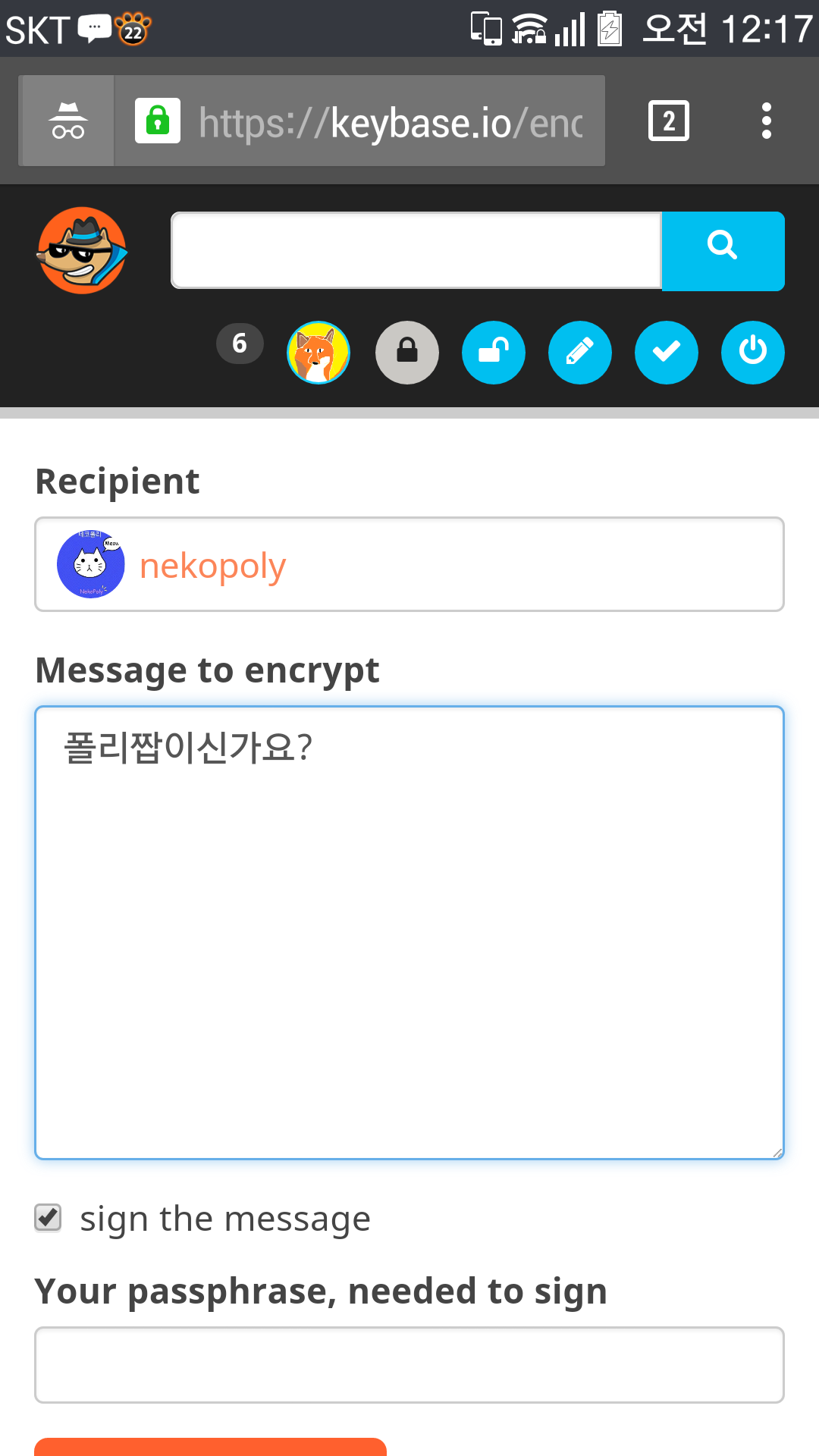

Root user, see Tasks that require root userĬredentials in the AWS Account Management Reference Guide. For the complete list of tasks that require you to sign in as the If you lose your root user access keys, you must be able to sign in to your account asĭo not use the root user for your everyday tasks. If you forget or lose your root user password, you must have access to the email addressĪssociated with your account in order to reset it. YouĬan only use an AWS Organizations service control policy (SCP) to limit the permissions of the root user. You can't use IAM policies to deny the root user access to resources explicitly. Perform with the root user is to grant another user administrative permissions to yourĪWS account so that you minimize the usage of the root user.
#Keybase alternative full
Root user (account owner) allow full access to all resources in the account. When you create an AWS account, we create the account root user. Temporary credentials work almost identically to long-term credentials, with the

Temporary security credentials expire after a defined period of time or when the user ends their IAM roles, users in AWS IAM Identity Center (successor to AWS Single Sign-On), and federated users have temporary security credentials. To protect long-termĬredentials you can manage and rotate access Root user, IAM user,Īnd access keys have long-term security credentials that do not expire. Users have either long-term or temporary security credentials. There is the account owner (root user), users in AWS IAM Identity Center (successor to AWS Single Sign-On), federated users, and There are different types of users in AWS.
#Keybase alternative download
Required for you to download a file in an Amazon S3 bucket that is publicly shared. However, your AWS security credentials aren't If your credentials don't show you are authorized toĭownload the file, AWS denies your request. AWS uses the security credentials to authenticate andįor example, if you want to download a protected file from an Amazon Simple Storage Service (Amazon S3) bucket, yourĬredentials must allow that access. When you interact with AWS, you specify your AWS securityĬredentials to verify who you are and whether you have permission to access the


 0 kommentar(er)
0 kommentar(er)
